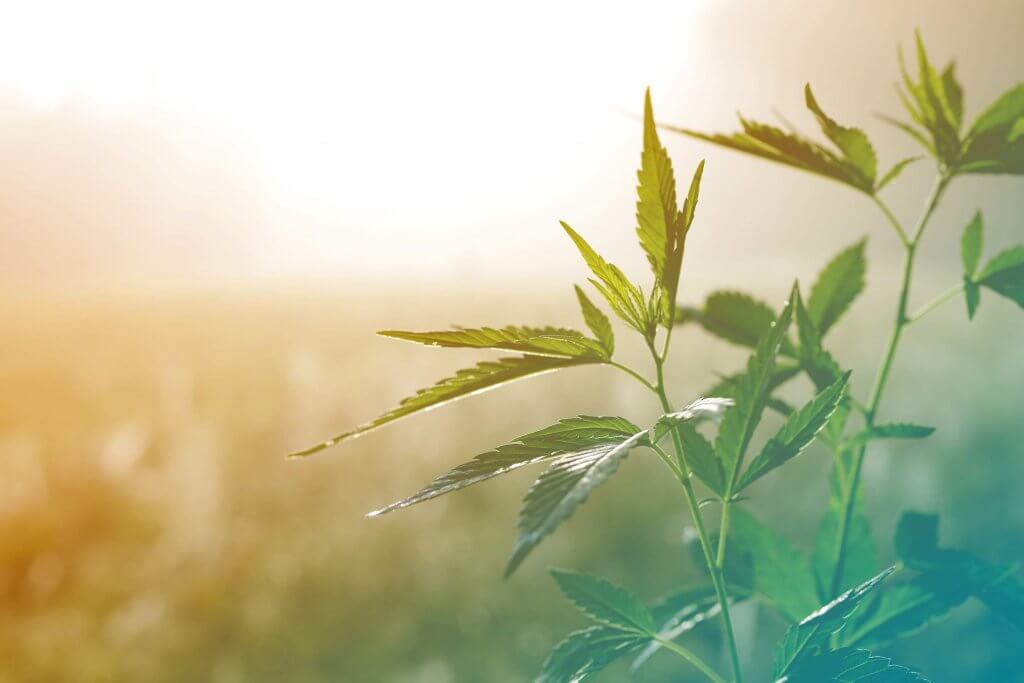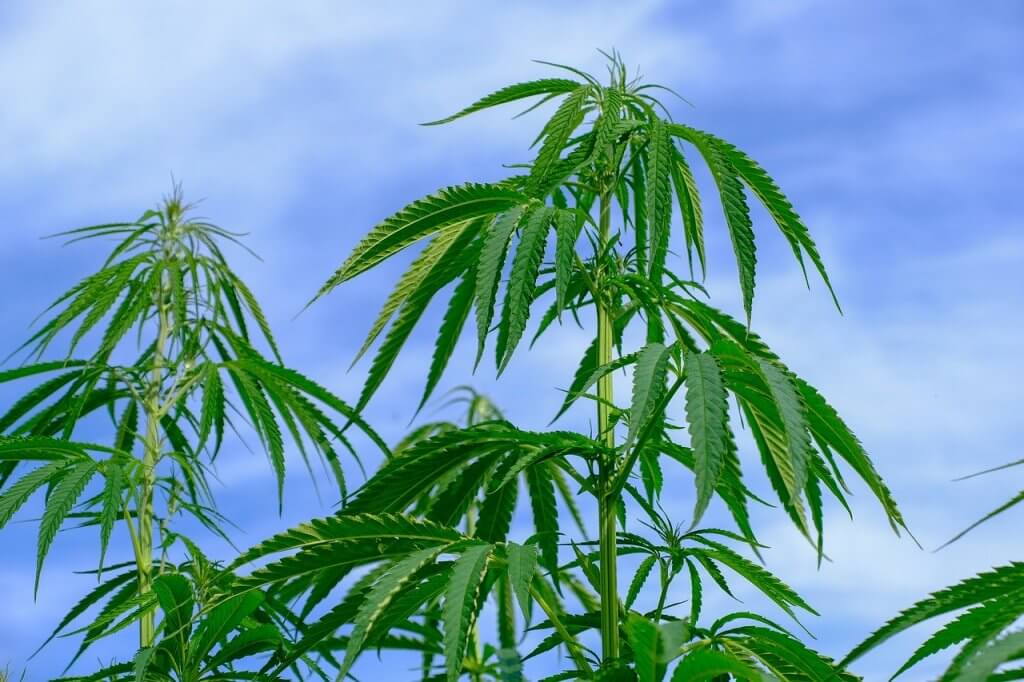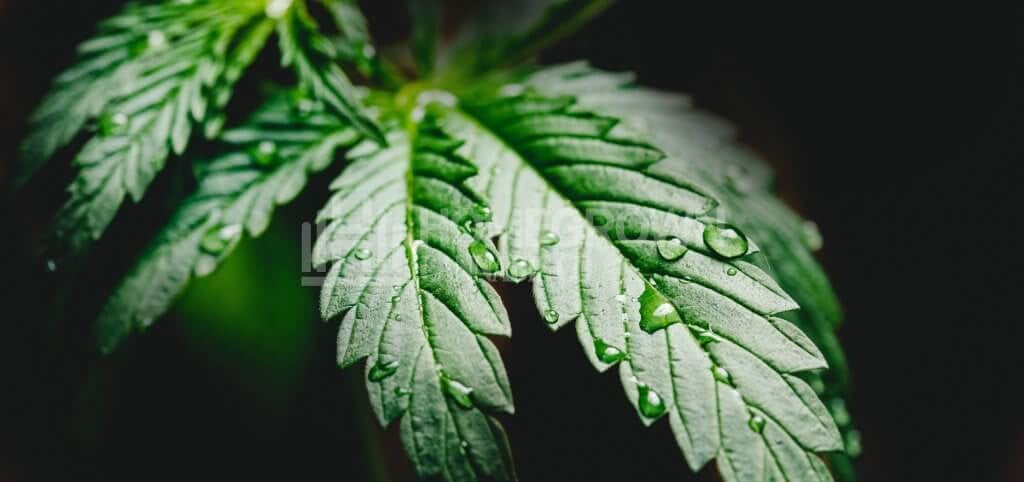What Does a Hemp Plant Look Like?
What does a hemp plant look like? It’s not uncommon to spot a herb that resembles hemp, especially if you often interact with marijuana crops.
Hemp and cannabis are among the oldest plants cultivated by humans for nutritional, medicinal, and industrial purposes, so what’s their distinction?
Correctly discerning a hemp plant requires a trained eye that can observe the factors in the crop’s appearance, cannabinoid makeup, and terpene profile. Understanding these nuances eliminates identity errors, affording you a better overall experience with this herb.
Come along as we define hemp, its origins, characteristics, and how it compares to related plants like cannabis.
Let’s dig in.
What is hemp?
Before discussing what hemp looks like in depth, let’s delve into its meaning, history, and lineage.
Hemp, industrial hemp, or Cannabis sativa, is a plant that originates from the Cannabaceae family, boasting around 170 crop species. Most growers cultivate it for its dynamic uses, including top-shelf fiber and edible seeds.
Many hemp enthusiasts believe it comes from Central Asia, where it was mainly cultivated for fiber around 2,700 BC. The herb’s fame rapidly spread across Asia before entering the European market about 2,200 years ago.

Hemp cultivation gained pace in Chile in the 1500s, then reached North America a century later. Since it’s among the plants that look like weed, it sparked a heated legalization debate across different states as soon as it arrived.
This plant thrives in temperate climates and can stretch up to 16 feet tall. It prefers well-draining sandy loam soil and adequate rainfall to reach its maximum potential.
Hemp plants cultivated for fiber are typically taller with less branching than those grown for oilseed. The former category becomes usable soon after maturity.
Legal classification defines hemp as a cannabis plant with a THC content of 0.3% or less. This incredibly low potency is less likely to get you high.
Hemp is a relatively fast-growing plant. This fact, and the reduced THC level, makes the herb ideal for industrial use, no wonder its namesake.
The uses of hemp are versatile and trace back thousands of years. Modern growers mainly use this plant to manufacture:
- Textiles from its sturdy fiber
- Paper using its durable pulp
- Building materials like hempcrete
- Protein-rich and fiber-dense foods and supplements
- Eco-friendly biofuel
- Medicine with its potentially therapeutic cannabinoids
What does a hemp plant look like: How to identify a hemp plant
There are several striking similarities between weed and hemp plants, especially in places where weed grows naturally. Without a firm grasp of the nuances in the two closely related plants, you could end up with unexpected cultivation results.
Although the appearance of cannabis may be apparent to some people, it takes a keen eye to tell it apart from hemp. The physical features below are paramount when studying how to identify a hemp plant.
Stalk
Hemp plants feature fiber-rich woody stalks that could stretch up to 16 feet tall in ideal growing conditions. These cane-like stems are slender and hollow, except at the base and tip. A single trunk has a typical diameter of up to one inch long.
The tall stalks support branches projecting from different intersections. These limbs usually grow vertically rather than stretching horizontally to keep close to the main plant.
Like other aerial sections of the hemp plant, stalks boast considerable CBD content. Besides their potential medicinal value, these stems also offer incredible flexibility. Their long, pliable fibers effortlessly come off the exterior casing through chemical treatment or wetting.

Leaves
The leaves of a hemp plant are its most distinctive feature, easily giving it away among many plants. These blades are typically long and slender, with serrated edges.
How many leaves does hemp have? This plant features compound blades boasting around 5–7 leaflets or fingers per leaf. The tiny parts enjoin at the rachis, which interlinks the leaves to the branches.
A hemp plant can contain as many as nine or as few as three fingers per blade. The lower leaves usually have fewer leaflets than their upper counterparts. Despite this distinction, this herb typically features an odd number of fingers throughout its growth.
Each leaf on a hemp plant has an approximate length of 5–10 inches, depending on the crop’s size. The blades typically grow in different-facing pairs across the branches projecting from the stalks.
Hemp leaves may display varying colors, from purple to green, based on the specific genetic profile of a plant.

Flowers
The quickest way to identify hemp buds is by checking their appearance, smell, and texture. These flowers are typically small with a greenish-yellow hue. They feature on the plant’s apex in clusters.
This herb’s buds are usually resin-dense with a sticky texture and frosty trichomes. The nugs’ aroma depends on the plant’s strain and cultivation conditions.
Hemp flowers usually boast the highest cannabinoid concentration than other plant parts. These compounds blend with naturally occurring terpenes and flavonoids to elevate the herb’s medicinal value.
Hemp plant vs. cannabis plant
What does a hemp plant look like in the presence of cannabis crops? It’s easy to mistake these two herbs for each other since they belong to the same species.
The difference between a hemp plant and a marijuana plant is a function of their morphology and anatomy. While some hemp terpenes match marijuana terpenes, the two herbs have distinct cannabinoid variations.
Hemp plants usually pack a THC content below 0.3%, while cannabis THC levels range from 5–30%. This disparity makes the former suitable for industrial applications and the latter ideal for medicinal and recreational purposes.
Cannabis crops typically have a bushy structure, many branches, and dense nugs. Hemp plants are relatively skinny and tall, producing only a few limbs.
Growing hemp plants and handling hemp-derived CBD products is legal in the USA, thanks to the 2018 Farm Bill. Although regulations vary by state, hemp has more access than cannabis plants, especially for medicinal applications.
Ensure a seamless hemp experience
Now that you know how to identify a hemp plant, don’t limit your experience. This knowledge is essential when choosing the ideal hemp-related medicinal supplements.
Understanding the growth traits of hemp helps you decide with more precision whether to consider hemp-derived CBD or low-THC cannabis strains.
While the underlying CBD quality is similar, nuances such as aroma and flavor may cause a significant difference in your consumption.
If you’re seeking complementary CBD-rich cannabis strains to enhance your hemp experience, look no further than Homegrown Cannabis Co. Browse our vast array of premium cannabis seeds to find a cultivar that best suits you.

FAQs
What does hemp look like? Let’s break down this query further by answering some frequently asked questions below.
What’s the difference between hemp and CBD plants?
Hemp and CBD often refer to the same thing, as hemp is primarily cultivated for CBD extraction. Cannabidiol (CBD) is a non-psychoactive compound in marijuana and hemp crops. Breeders prefer hemp plants to CBD-rich marijuana plants, thanks to their almost guaranteed low THC levels.
Hemp usually has more uses beyond CBD production. CBD-heavy cannabis plants are mainly for medicinal applications.
How do you recognize male and female hemp plants?
What does a hemp plant look like in terms of gender? Male crops typically mature faster than their female counterparts. They have a thinner and taller structure and yield compact clusters of flowers at the herb’s helm.
Male hemp plants produce elevated green sacs on the internodes before flowering begins. When the bud opens, it displays five stamens. The nugs wither once they release the pollen.
Female plants develop two pistils that project from the calyxes on the nodes. They’re usually bushier and branch out more than their male counterparts while showcasing pre-flowers with tiny bright hairy stigmas.
It’s much easier to recognize female hemp plants, as their buds have a distinct layer of resinous trichomes. Male flowers appear as tiny clusters of green bananas.
Do hemp plants smell?
Hemp plants produce a distinct smell that’s usually less overpowering than the scent of cannabis. The odor’s intensity may vary depending on the strain, cultivation conditions, and growth stage.
These crops boast a quintessential earthy scent with sweet undertones. Some hemp users compare its fragrance to the smell of hay or freshly cut grass.